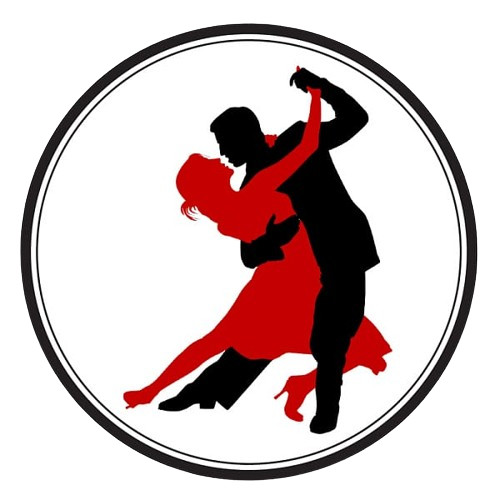Role of Costumes in Ballroom Dancing: A Visual Spectacle

Ballroom dancing is not merely a sequence of steps; it is a visual symphony where movement, music, and emotion harmonize to create a captivating spectacle. Central to this visual feast are the elaborate and meticulously designed costumes that dancers adorn. In the world of ballroom dancing, costumes play a pivotal role, not only enhancing the aesthetic appeal but also conveying the nuances of the dance style and adding a touch of theatricality to the performance.
Historical Significance: The history of ballroom dance costumes is deeply intertwined with the evolution of the dance itself. In the 19th century, when ballroom dancing gained popularity in aristocratic circles, dancers wore formal attire reflecting the fashion of the time. As the dance moved beyond the elite to embrace a wider audience, costumes evolved to become more expressive, mirroring the changing social and cultural landscapes.
Expressing Dance Style: Ballroom dance styles are diverse, each with its own set of movements, expressions, and emotions. Costumes serve as a visual language, helping to convey the essence of the dance style. From the flowing and elegant gowns of the Waltz to the dramatic and passionate ensembles of the Tango, costumes become an extension of the dance, enhancing the storytelling element and creating a seamless fusion of movement and visual aesthetics.
Innovation and Creativity: Designers and dancers collaborate to push the boundaries of creativity, resulting in costumes that are not only visually stunning but also technologically advanced. The use of innovative materials, LED lights, and strategic embellishments adds a modern flair to traditional attire. This marriage of tradition and innovation transforms the dance floor into a dynamic canvas where creativity knows no bounds.
Creating Stage Presence: Costumes play a crucial role in establishing the presence and identity of dancers on the stage. Vibrant colors, intricate designs, and strategic use of accessories contribute to the overall impact of the performance. The interplay of light and fabric highlights the dancers’ movements, making their presence on the dance floor both commanding and enchanting.
Impact on Judging and Audience Engagement: In competitive ballroom dancing, costumes are not only a reflection of the dancers’ personalities but also influence the judges’ perception of the performance. The visual impact of well-coordinated costumes enhances the overall presentation and contributes to the dancers’ scores. Moreover, captivating costumes capture the audience’s attention, making the performance more memorable and emotionally resonant.
Conclusion: In the realm of ballroom dancing, costumes are more than embellishments; they are an integral part of the storytelling process, contributing to the visual spectacle that unfolds on the dance floor. As designers continue to push the boundaries of creativity and dancers use costumes as a means of self-expression, the role of costumes in ballroom dancing remains a dynamic and evolving aspect of this enchanting art form.


